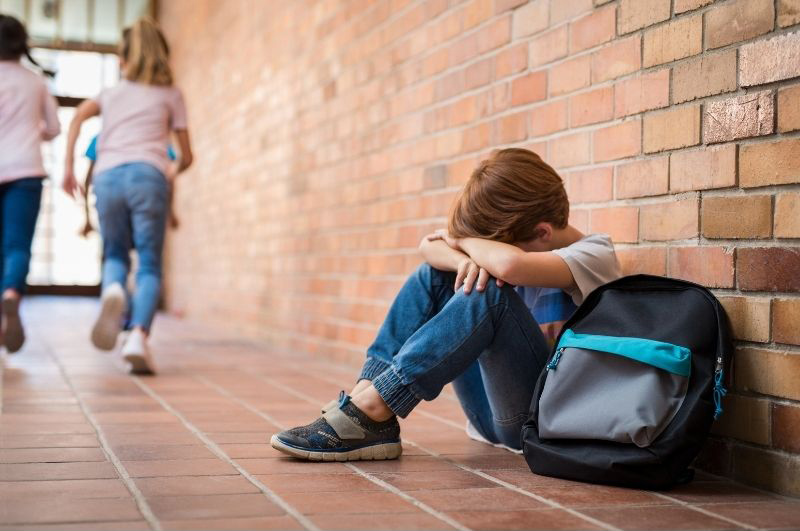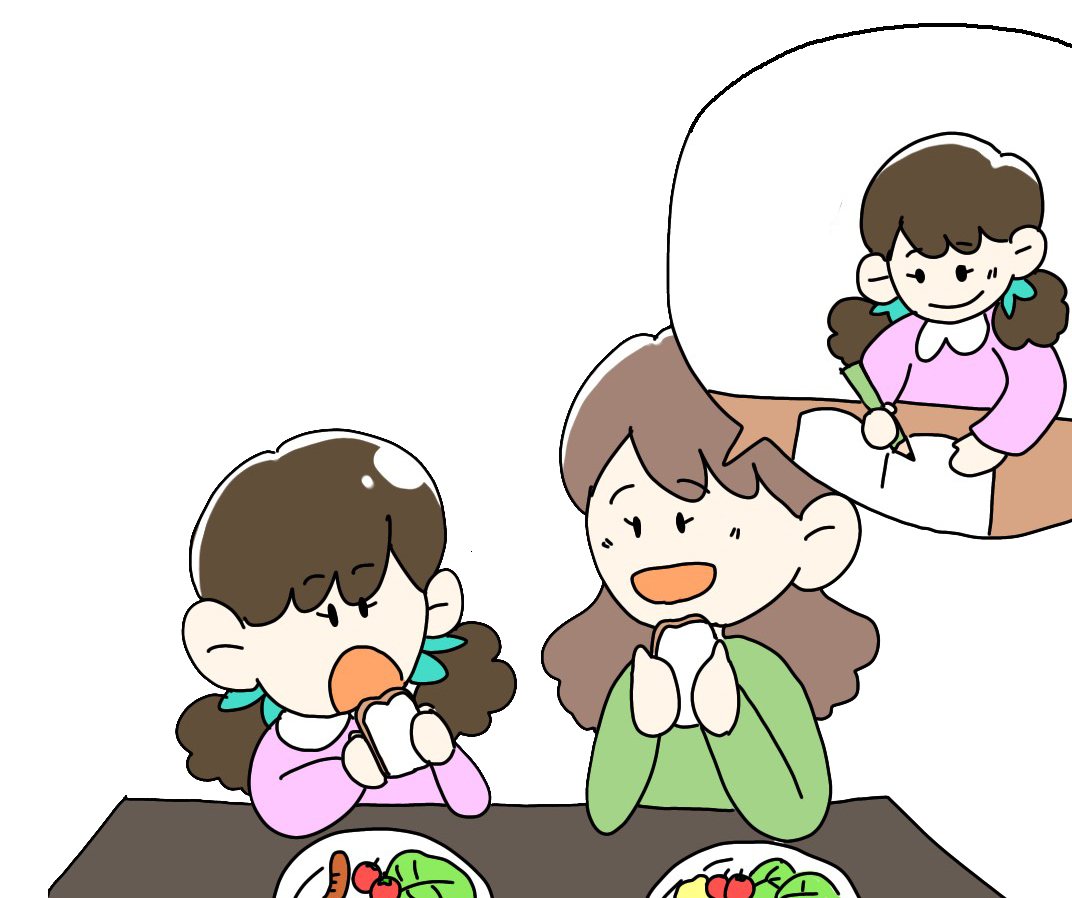Claire Garandeau
INVEST Blog 9/2021
Being bullied by peers is not a benign experience. A large number of studies show that children and adolescents who are victimized tend to become depressed, anxious, and lonely. They are more likely to skip school and to show decreases in academic performance. Bullying often undermines their self-esteem, as well as their physical health. In severe cases, being victimized can lead to self-harming behavior and suicidal thoughts (Arseneault, 2018).
It is precisely because bullying can be so harmful that a substantial effort has been made in past decades to develop and implement anti-bullying policies and interventions. The good news is that several anti-bullying programs have been successful at reducing bullying. Even though the obtained decreases in bullying behavior usually do not exceed 25%, this translates into thousands of children and adolescents being spared the suffering of peer harassment every year. When levels of victimization go down in a classroom or a school, it is obviously considered a great accomplishment.
More and more research is pointing to an alarming paradox: Improved social climates – or “healthy contexts”- might do more harm than good to vulnerable children.
However, what are the implications of such decreases for those who remain victimized – or even become victimized? More and more research is pointing to an alarming paradox: Improved social climates – or “healthy contexts”- might do more harm than good to vulnerable children (Garandeau & Salmivalli, 2019).
Improved social contexts, worse adjustment for victims?
A growing body of research, conducted in various countries, shows that children and adolescents subjected to bullying by their peers fare worse in classrooms where the average level of victimization is low compared to classrooms where victimization is more prevalent or widespread. In lower-victimization or lower-aggression classrooms, bullied youth have lower self-esteem (Huitsing et al., 2012), more negative self-views (Morrow et al., 2018) and more depressive symptoms (Yun & Juvonen, 2020). Furthermore, they have been found to be less liked (Sentse et al., 2007) and more likely to report somatic complaints (Gini et al., 2020). Other types of positive social contexts have also been shown to have a negative influence on the psychological and social adjustment of victimized youth. For example, in classrooms where defending behavior is more common, victims have a lower sense of belonging and perceive less cooperation and cohesion among classmates (Laninga-Wijnen et al., 2021).
Additional studies, using data collected at several time points, support the idea of a healthy context paradox, by investigating the effect of context on the adjustment of victimized youth over time. Using a Finnish sample, one study examined whether the psychological and social adjustment of children who remained victims across one school year depended on changes in the proportion of victims in their classroom (Garandeau, Lee, & Salmivalli, 2018). These stable victims felt more depressed, were more socially anxious and more disliked in classrooms where the proportion of victims had gone down in one year than in classrooms where it had increased or remained the same. Similarly, Chinese victimized students were found to be more depressed after one year in classrooms with less victimization, compared to classrooms with more victimization (Pan et al., 2021). Furthermore, in a sample of Dutch students, those who remained victims or became victims reported feeling more depressed and had lower self-esteem one year later in schools implementing a successful anti-bullying program than in other schools (Huitsing et al., 2019).
What explains this healthy context paradox?
In order to prevent the harmful effects of positive contexts on victims, it is important to understand why the healthy context paradox phenomenon might occur. One mechanism through which low-victimization classrooms may worsen victims’ depressive symptoms is by reducing victims’ opportunities to form friendships (Pan et al., 2021). Victims tend to befriend other victims and non-victimized students are generally not willing to affiliate with their bullied peers; this implies that it is more difficult for victims to make friends in a social environment where few are victimized.
Another mechanism accounting for the healthy context paradox is through the effect of low-victimization contexts on victims’ self-concept (Pan et al., 2021). In classrooms where few are victimized, victims are more likely to compare themselves to others that are not victimized and therefore perceived as better-off. Engaging in upward social comparisons (i.e., comparing oneself to someone perceived as superior in some way) can indeed be harmful to victims’ self-regard. One study also showed that victims are more likely to blame themselves for the bullying in schools where there is less bullying (Schacter & Juvonen, 2015). In turn, self-blaming tendencies can lead to more anxiety and depression.
What does it mean for interventions?
The existence of a healthy context paradox does in no way imply that efforts at reducing bullying in schools should cease. Everytime a case of bullying is stopped or prevented, a vulnerable child is spared much suffering. However, it suggests that attention to victimized students should be even greater in social contexts that appear to be healthy overall. It is important for anti-bullying programs that are preventive and universal (i.e., targeted at everyone in the school, regardless of whether they have been directly involved in bullying) to also include interventions targeted specifically at persistent cases of bullying. Special effort must be devoted to chronic victims whose plight does not improve despite positive changes in their environment.
As the healthy context paradox seems to be due to the negative effect of healthy contexts on social comparisons, causal attributions for the bullying (blaming oneself versus blaming others) and opportunities for friendships, the following strategies might help improving the well-being of chronically victimized children:
1) Raising awareness of the fact that non-aggressive victims, regardless of their other personal characteristics, are not to blame for the negative behavior of their peers.This can be done by emphasizing that some of the main reasons motivating bullying perpetrators are a desire for popularity and dominance and a fear of losing status or becoming the next target if one does not join in the bullying; this should decrease victims’ self-blaming tendencies and might increase the probability that non-victimized peers will befriend them;
2) Changing victims’ perceptions of their own situation by letting them know that many others – outside of their immediate environment – have been or are still subjected to bullying. This might help protect their self-concept by modifying their frame of reference when making social comparisons;
3) Finally, enhancing victims’ feelings of controllability of the situation by teaching them coping strategies, such as requesting help from the school staff or responding to bullying in an assertive manner, might be beneficial.
Author
Claire Garandeau is an Assistant Professor of Psychology at the University of Turku.
References
Arseneault, L. (2018). Annual Research Review: The persistent and pervasive impact of being bullied in childhood and adolescence: implications for policy and practice. Journal of Child Psychology and Psychiatry, 59(4), 405-421. doi:10.1111/jcpp.12841
Garandeau, C. F., Lee, I. A., & Salmivalli, C. (2018). Decreases in the proportion of bullying victims in the classroom: Effects on the adjustment of remaining victims. International Journal of Behavioral Development, 42, 64–72. doi: 10.1177/0165025416667492
Garandeau, C. F., & Salmivalli, C. (2019). Can healthier contexts be harmful? A new perspective on the plight of victims of bullying. Child Development Perspectives, 13, 147-152. doi: 10.1111/cdep.12331
Gini, G., Holt, M., Pozzoli, T., & Marino, C. (2020). Peer victimization and somatic problems: The role of class victimization levels. Journal of School Health, 90, 39-46. Doi:10.1111/josh.12844
Huitsing, G., Lodder, G. M. A., Oldenburg, B., Schacter, H. L., Salmivalli, C., Juvonen, J., & Veenstra, R. (2019). The healthy context paradox: Victims’ adjustment during an anti-bullying intervention. Journal of Child and Family Studies, 28, 2499–2509. doi: 10.1007/s10826-018-1194-1
Huitsing, G., Veenstra, R., Sainio, M., & Salmivalli, C. (2012). “It must be me” or “It could be them?”: The impact of the social network position of bullies and victims on victims’ adjustment. Social Networks, 34, 379–386. doi: 10.1016/j.socnet.2010.07.002
Laninga-Wijnen, L., Van den Berg, Y. H. M., Mainhard, T., & Cillessen, A. H. N. (2021). The role of defending norms in victims’ classroom climate perceptions and psychosocial maladjustment in secondary school. Research on Child and Adolescent Psychopathology, 49, 169-184. doi:10.1007/s10802-020-00738-0
Morrow, M. T., Hubbard, J. A., & Sharp, M. K. (2019) Preadolescents’ daily peer victimization and perceived social competence: Moderating effects of classroom aggression. Journal of Clinical Child & Adolescent Psychology, 48, 716-727. doi: 10.1080/15374416.2017.1416618
Pan, B., Li, T., Ji, L., Malamut, S., Zhang, W., & Salmivalli, C. (2021). Why does classroom-level victimization moderate the association between victimization and depressive symptoms? The “healthy context paradox” and two explanations. Child Development. Accepted for publication.
Schacter, H. L. & Juvonen, J. (2015). The effects of school-level victimization on self-blame: Evidence for contextualized social cognitions. Developmental Psychology, 51, 841-847. doi: 10.1037/dev0000016
Sentse, M., Scholte, R., Salmivalli, C., & Voeten, M. (2007). Person-group dissimilarity in involvement in bullying and its relation with social status. Journal of Abnormal Child Psychology, 35, 1009–1019. doi: 10.1007/s10802-007-9150-3
Yun, HY., & Juvonen, J. (2020). Navigating the healthy context paradox: Identifying classroom characteristics that improve the psychological adjustment of bullying victims. Journal of Youth and Adolescence, 49, 2203–2213. doi:10.1007/s10964-020-01300-3





